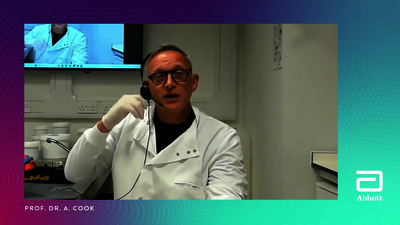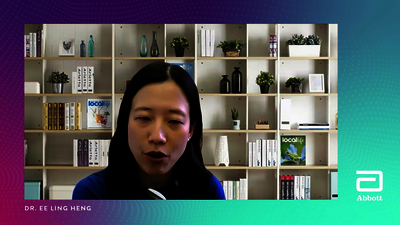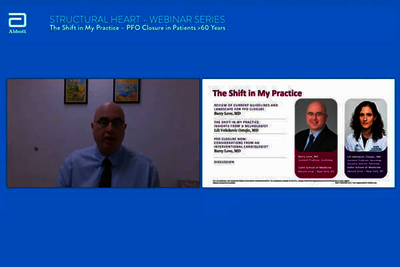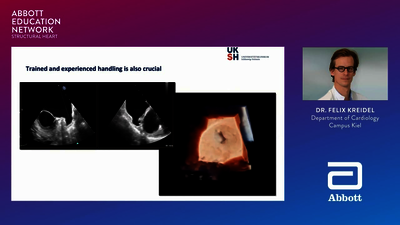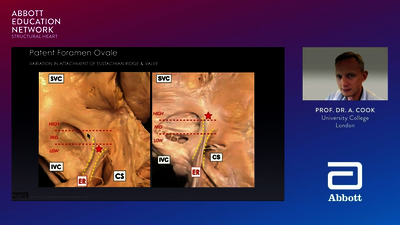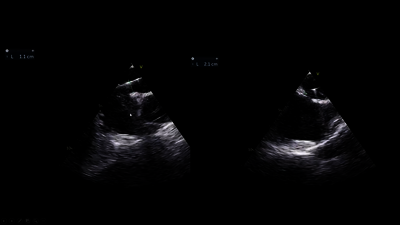PFO OCCLUDER
STRUCTURAL INTERVENTIONS
Effective patent foramen ovale (PFO) closure is made easier with the
Amplatzer™ Talisman™ PFO Occluder.1For patients who have experienced
a PFO-associated stroke, clinical trials have shown that they can benefit from
PFO closure.2–4This minimally invasive procedure significantly reduces the risk
of recurrent ischemic stroke and offers an excellent safety profile.
SWITCH TO THE REFERRAL VIEW For more information specific to neurology regarding PFO closure
The Amplatzer™ Talisman™ PFO Occluder is indicated for percutaneous transcatheter closure of a PFO to reduce the risk of recurrent ischemic stroke in patients who have had an ischemic stroke due to a presumed paradoxical embolism.
Among patients with a PFO who have had an ischemic stroke, the Amplatzer™ Talisman™ PFO Occluder has demonstrated excellent safety and effectiveness in reducing the risk of recurrent stroke.
KEY BENEFITS FOR PFO PATIENTS
59% RELATIVE RISK REDUCTION IN RECURRENT ISCHEMIC STROKE5
LESS ANXIETY, MORE PEACE OF MIND
For patients who have experienced a PFO-associated stroke, the thought of a recurrence can generate anxiety. Determining and delivering the most effective treatment soon after a stroke is critically important to provide these patients with peace of mind.
For patients and caregivers wanting to learn more about PFO-associated stroke and PFO closure, www.PFOstroke.com is an excellent resource, including:
- All about PFO and stroke
- Understanding PFO treatment options
- Information about PFO occluders
- Resources, including FAQ and brochures

BACK TO WALKING 12 MILES PER DAY
As an employee of the Royal Mail postal service “I’m back on full delivery, walking nearly 12 miles a day. Now it gets to be 8:00 at night, and I’m still bouncing off the walls, full of energy. I feel that I owe everyone who was involved a massive thank you.”
Alan Butcher - England
Hub
TV
- Data on file at Abbott.
- Saver JL, Carroll JD, Thaler DE, et al. Long-term outcomes of patent foramen ovale closure or medical therapy after stroke. N Engl J Med. 2017;377(11):1022–1032. doi.org/10.1056/NEJMoa1610057.
- Søndergaard L, Kasner SE, Rhodes JF, et al. Patent foramen ovale closure or antiplatelet therapy for cryptogenic stroke. N Engl J Med. 2017;377(11):1033–1042. doi.org/10.1056/NEJMoa1707404.
- Mas J-L, Derumeaux G, Guillon B, et al. Patent foramen ovale closure or anticoagulation vs. antiplatelets after stroke. N Engl J Med. 2017;377(11):1011–1021 and supplementary appendix. doi.org/10.1056/NEJMoa1705915.
- Messé SR, Gronseth GS, Kent DM, et al. Practice advisory update summary: patent foramen ovale and secondary stroke prevention: Report of the Guideline Subcommittee of the American Academy of Neurology. Neurology. 2020;94(20):876–885. doi.org/10.1212/WNL.0000000000009443.

